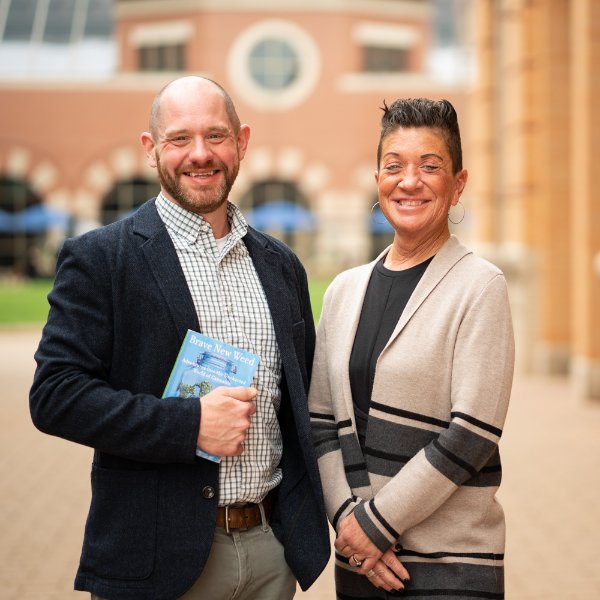The holiday season usually means an increase in donations to
charities and nonprofits, and after nearly two years of pandemic
restrictions limiting in-person gatherings and events, this season is
even more important.
Giving USA’s 2021 annual report stated Americans responded by
donating more than $471 billion to charities and nonprofits in
2020, a 5.1 percent increase over 2019. Foundation giving also
increased to more than $16 billion in 2020, a 19 percent increase over 2019.
According to the Urban Institute, about 1.5 million charitable organizations
function in the United States. While charitable giving has increased,
Alaimo believes they will face long-term ramifications due to the
challenging times.
“For nonprofits, it’s going to be an adjustment of priorities,” said
Alaimo. “Staff leadership and boards of directors will have to go back
to basics. Who’s the audience they are trying to reach, who are the
stakeholders, and how do they maintain relationships if we’re being
kept separate from each other.”
More than 80 percent of nonprofits have budgets less than $500,000,
so they faced challenges even before the pandemic, said Alaimo.
In-person events are integral to forming connections between
supporters and the nonprofit, said Alaimo. But, with the pandemic
limiting in-person functions, charities resorted to a myriad of
virtual events.
Auctions, fun runs and even golf outings moved online, making those
all-important connections difficult to maintain. For all the good
technology did to ease the logistics of fundraising, it still created
separations between organizations and supporters, said Alaimo.
“As I remind my students, just because we are electronically
networked does not mean we are good at networking,” said Alaimo. “Now
that COVID has come along, the isolation factor of technology is
amplified. My concern is all of that is going to put a dent into
social capital, and that’s not going to bode well for nonprofits.”
When it comes to selecting nonprofits that are reputable and allocate
money efficiently, Alaimo said there are several websites and
databases to help such as GuideStar, Charity
Navigator or the Better Business Bureau.
WalletHub released its list of best charitable organizations for 2022.
“The nonprofits that best form long-term relationships are going to
be more fiscally viable and sustainable,” said Alaimo.










